De Quervain Tenosynovitis
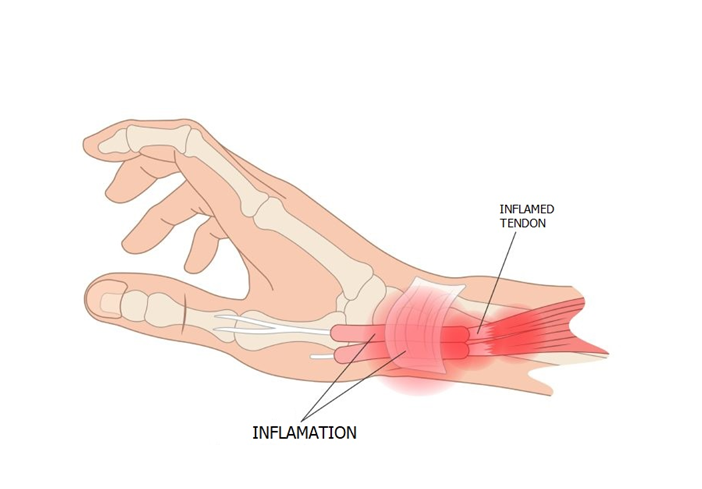
- Pain near the base of the thumb
- Swelling near the base of the thumb
- Difficulty moving the thumb and wrist when doing something that involves grasping or pinching
- A snapping or popping feeling in your wrist when you move your thumb.
-
Physiotherapy
-
Use of a splint or a brace
-
Applying ice to the affected area
-
Using nonsteroidal anti-inflammatory drugs
Kyphosis

- Scheuermann’s kyphosis
- Congenital kyphosis
- Postural kyphosis
- Cervical kyphosis (military neck)
- Hyperkyphosis
-
Physical therapy: Stretching exercises and strengthening exercises for abdominal and back muscles to relieve pain and improve posture.
-
Pain medication: Anti-inflammatory medications to relieve back pain.
-
Back brace: It’s mostly common for children who are still growing and have Scheuermann’s kyphosis.
-
Surgery: A surgical procedure can reduce spine curvature. The most common kyphosis surgery is spinal fusion surgery.
Cervical Syndrome

- There is pain and stiffness in the neck area, which may extend to the back and side of the neck, the shoulder area or even the upper back area.
- Pain starting from shoulder blade region and extending to upper extremity (arm, forearm and fingers). Numbness and a change in sensation in the fingers or muscle weakness in the upper limb may occur.
- There may often be a headache and pain that is reported as discomfort during certain movements, as rest pain or as discomfort that occurs mainly in the night when the person is trying to sleep.
-
Medication
-
Physiotherapy, which aims to resolve the accompanying muscle spasm and to mobilize all the joints of the cervical spine, as well as to strengthen the neck muscles, and improve the posture of the cervical spine.
Tendonitis

- Pain, often described as a dull ache, especially when moving the hurt limb or joint
- Feeling a grating or crackling sensation when you move the tendon
- Tenderness
- Mild swelling
- Warm up before exercising and stretching exercises
- Supportive shoes or insoles for exercise
- Proper posture and body positions for all activities
- Regular breaks from repetitive exercises
-
Ice the area
-
Avoiding activities that cause symptoms
-
Resting the injured area
-
Anti-inflammatory medicine
Muscle Strain
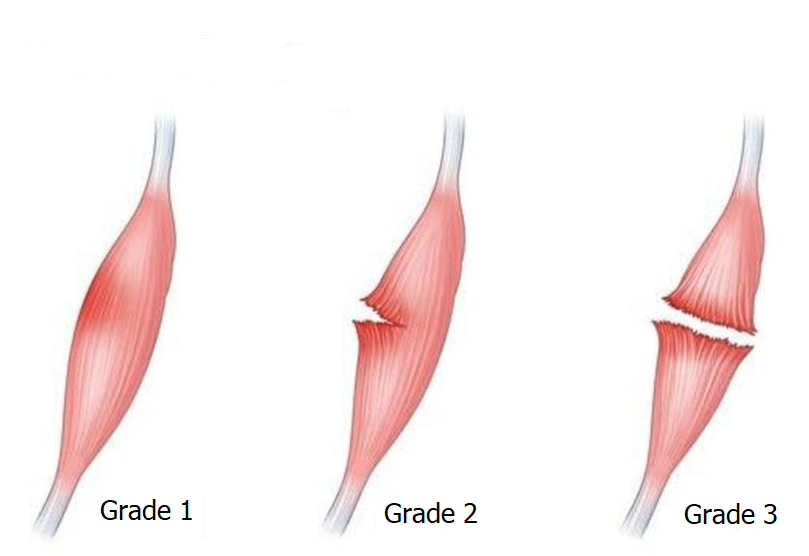
- Decreased elasticity of muscles due to omission of stretching exercises
- Excessive muscle fatigue after prolonged exercise
- Poor equipment (e.g. inappropriate footwear)
- Exercising in a wet and cold environment
- Poor diet and lack of potassium, sodium or magnesium in the body
- Bad technique when performing the exercises
- First Degree: simple stretching of the muscle fibers is observed.
- Second Degree: a partial rupture of the muscle fibers is observed.
- Third Degree: a complete tear of the muscle is observed.
-
Immediately after the injury we apply: immobilization - ice therapy - compression - elevation of the limb.
-
Decongest the area from the hematoma / edema and improve mobility with local tissue support (bandaging or kinesiotaping).
-
Gentle stretches.
-
Strength program that begins with isometric exercises and continues progressively with plyometric exercises.
-
Exercises should never exceed pain thresholds while resistances are progressively increased.
Rheumatoid Arthritis

- Tender, warm, swollen joints
- Affected joints experience pain and stiffness (especially in the morning after waking up).
- The affected joints are enlarged and show deformity and ankylosis (The fingers of the hand have the characteristic inclination outwards, towards the side of the little finger).
- The skin becomes thin and shiny, and characteristic subcutaneous nodules appear.
- Fatigue, fever and loss of appetite
-
medicine that is taken long term to relieve symptoms and slow the progress of the condition
-
physiotherapy and occupational therapy can help keep the person mobile and manage any problems they have with daily activities
-
surgery to correct any joint problems that develop
Multiple Sclerosis

Dry Needling

Stretching

-
Muscle relaxation
-
Relief from muscle pain
-
Reduction of stress and tension
-
Injury prevention
-
Development of elasticity-flexibility
-
Performance improvement
-
Develop self-discipline
Carpal Tunnel Syndrome

- Numbness
- Tingling
- Pain in the hand and forearm
- Heredity
- Repetitive use
- Wrong position of the Hand and wrist during everyday activities
- Pregnancy (Hormonal changes)
- Health conditions like diabetes, rheumatoid arthritis and thyroid gland imbalance
-
Bracing or splinting
-
Activity changes (Ergonomic position of the hand)
-
Nerve gliding exercises
-
Nonsteroidal anti-inflammatory drugs (NSAIDs)
Rectus - Adductor Syndrome

- Pain in the lower abdominal muscles
- Pain in the groin
- Feeling of heaviness in the area of the abdominal muscles as well as the adductor muscles
Stress Fracture
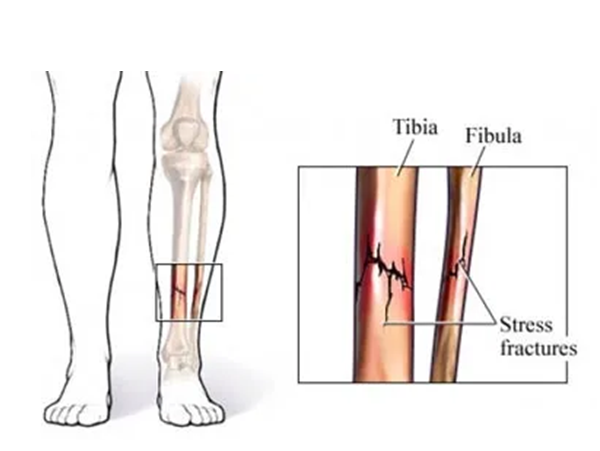
- Discharge of the member
- Physical therapy
- Proper diet
- Taking medications that promote fracture healing
-
Rest: the rest periods must be sufficient for the healing of minor injuries that occur during training.
-
Alternation of exercises: is a correct training tactic for uniform exercise of the athlete and avoiding the monotonous burden of a specific area of the body.
-
Equipment: Timely replacement of worn shoes, racket, tartan, etc.
-
Training: Trust experienced and qualified trainers/gyms and don't hesitate to report any unusual symptoms during exercise.
Fascial Nerve Paralysis

Plantar Fasciitis

-
Pause any activities for a few weeks and avoid standing for long hours and walking on a hard surface
-
Stretching
-
Ice therapy
-
Shock wave therapy
-
Dry needling
Pain with change of weather
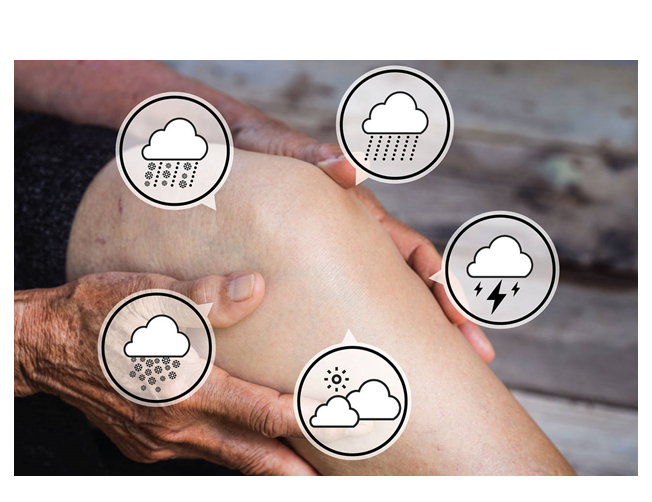
Fibromyalgia
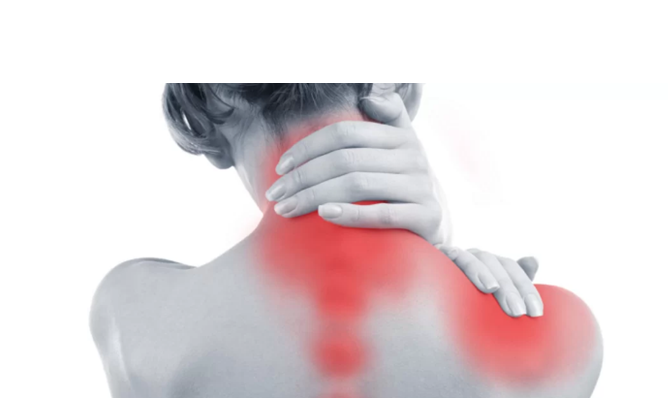
-
Relaxation techniques, diet and exercise play an important role in treatment.
-
Α gentle exercise program with stretches helps maintain muscle tone and reduce pain and stiffness (swimming, cycling, walking and hydrotherapy), therapeutic massage, acupuncture, gentle aerobic exercise, yoga.
Respiratory Physiotherapy
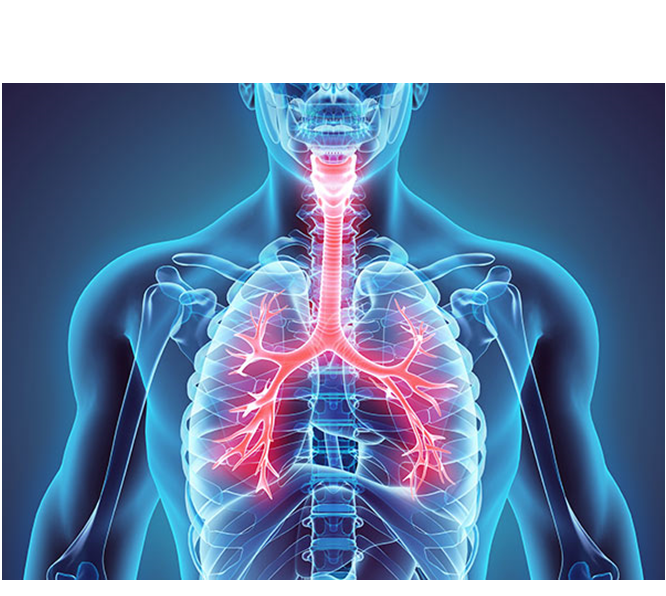
Respiratory physiotherapy is indicated for diseases that have affected the respiratory system, such as:
-
Chronic bronchitis
-
Emphysema
-
Cystic fibrosis
-
Asthma
-
Chronic obstructive pulmonary disease (COPD)
-
Pneumonia
-
After complex chest surgeries (heart, lungs)
Meniscus Tear

A meniscus tear is one of the most common knee injuries. Anyone can suffer a meniscus tear, but athletes and especially those who participate in team sports (such as basketball, soccer, and volleyball) are more susceptible.
The menisci (inner and outer) are two hard, elastic anatomical formations composed mainly of water and collagen fibers.
They have a horseshoe shape and are inserted between the articular surfaces of the tibia and femur. They mainly serve to absorb loads and improve the contact of the femur with the tibia while helping to stabilize and lubricate the knee, making its movement smoother.
The mechanism of meniscal tears is usually the loading of the bent knee with simultaneous flexion.
The most common symptoms are:
- Pain on the inside or outside of the knee (corresponding to the torn meniscus)
- Swelling and stiffness
- Bruising or impingement of the knee when there is a dislocated piece
- Feeling unsteady
Inflammation

- Pain
- Redness
- Immobility
- Swelling
- Increased temperature
Ankle Sprain
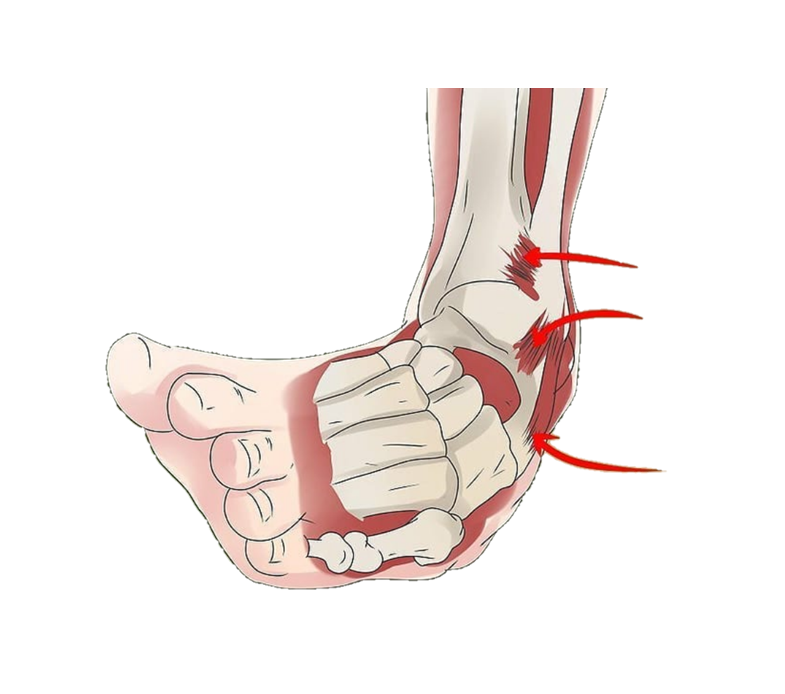
Frozen Shoulder
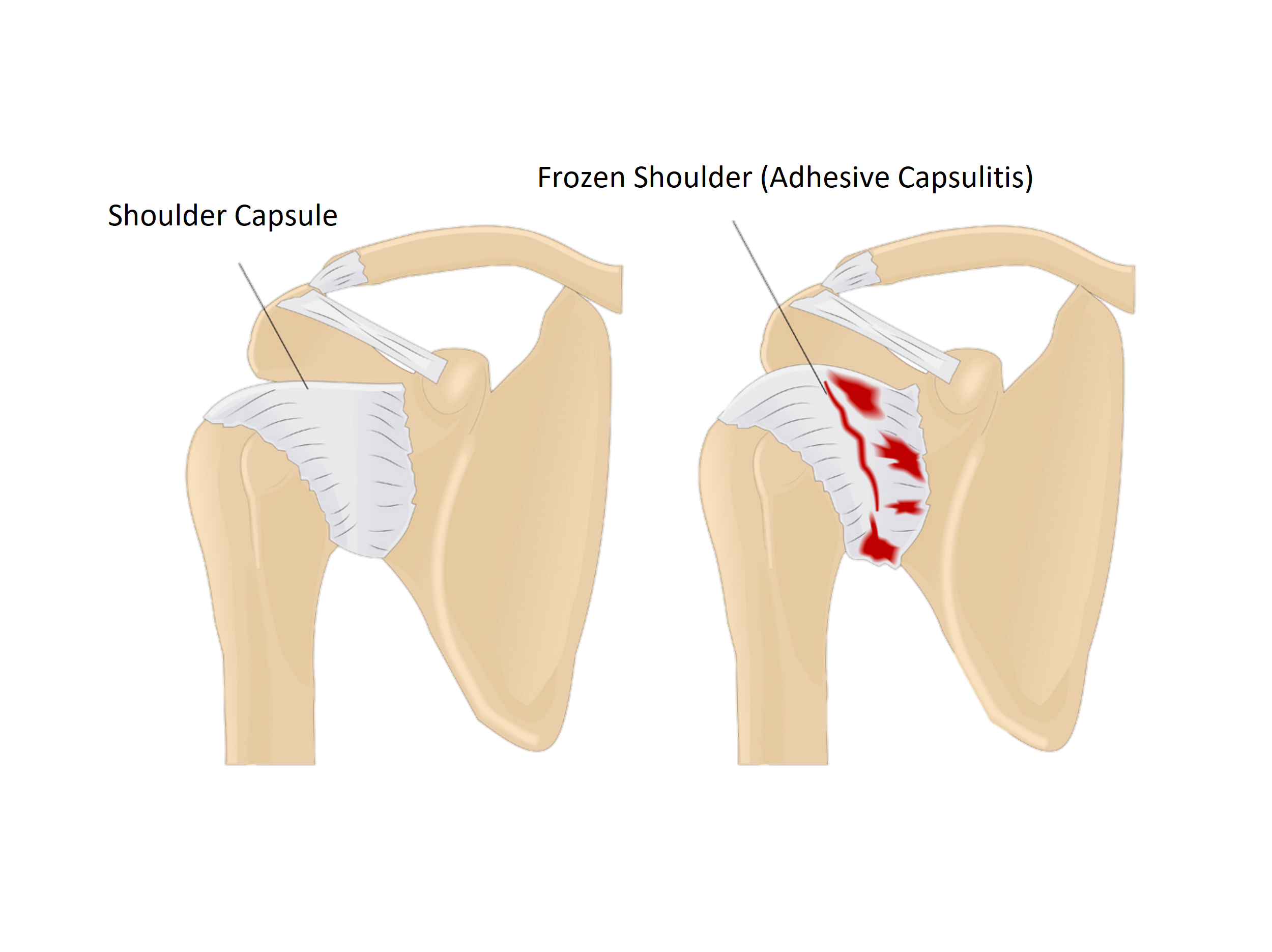
Impingement Syndrome
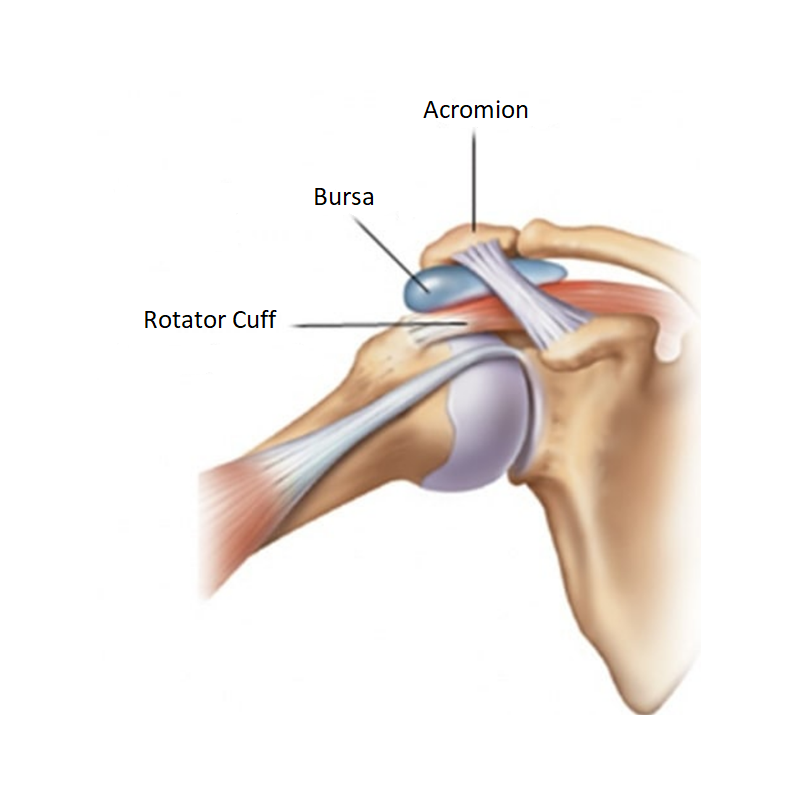
Trigger Point
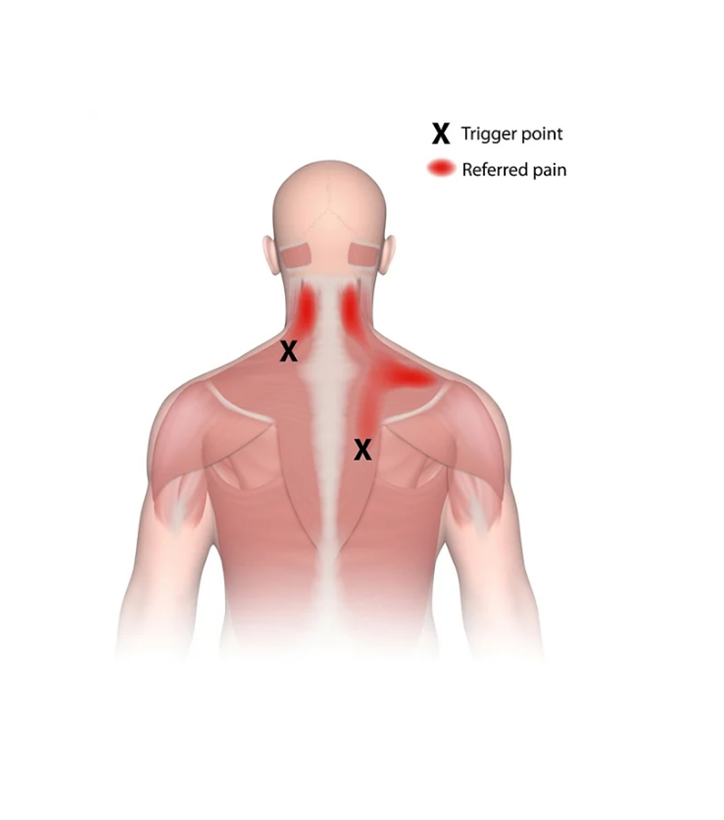
-
Shock Wave Therapy
-
Ischemic pressure
-
Dry Needle
